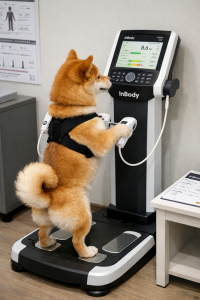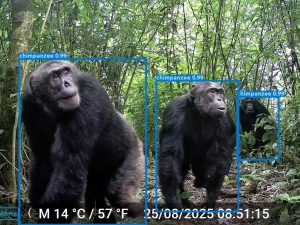March 27, 2025
Ying Han
Lake Forest College
Lake Forest, Illinois 60045
*This author wrote this paper as a senior thesis under the direction of Dr. Eun Jung Hwang.
ABSTRACT
Animal models are crucial for neurological research as they allow researchers to elucidate complex neurological processes and develop treatments through controlled experimental trials. Most neurological disorders research using animal models involves two critical steps: evaluation of behavioral symptoms of the animal models and histological validation of pathologies. These two steps both require multiple human judges’ exquisite expertise in neurological diseases, for instance, behavioral shifts and cellular changes in anatomical structure.
Such human-dependent methodologies are time-consuming, labor-intensive, and susceptible to human bias, undermining the robustness and reproducibility of animal research. In this project, I aimed to improve the efficiency, objectivity, and accuracy of animal model research by applying emerging artificial intelligence (AI) technologies to the analysis of behavioral and pathological data, focusing on the mouse models of Parkinson’s disease (PD). Using an AI tool DeepLabCut, I implemented an automatic body-pose extraction pipeline for the analysis of free-roaming behavior of PD mice. I also established a semi-automatic analysis pipeline for quantifying the dopaminergic neuron degeneration in the brain tissues of PD mice, using a machine-learning workflow QUINT. These AI-based pipelines significantly reduced human intervention in data analyses. Furthermore, using this semi-automatic analysis pipeline, I found a significant correlation between the extent of dopaminergic neuronal degeneration, a prime pathological feature in PD mice, and the severity of motor dysfunction computed from their behavioral data.
The finding suggests that the progression of pathological processes may be reliably inferred from behavioral data. These results set a strong foundation for future endeavors to develop AI-based algorithms that are capable of computing behavioral symptoms and pathology scores directly from video recordings and brain images, a powerful tool for animal model research.







